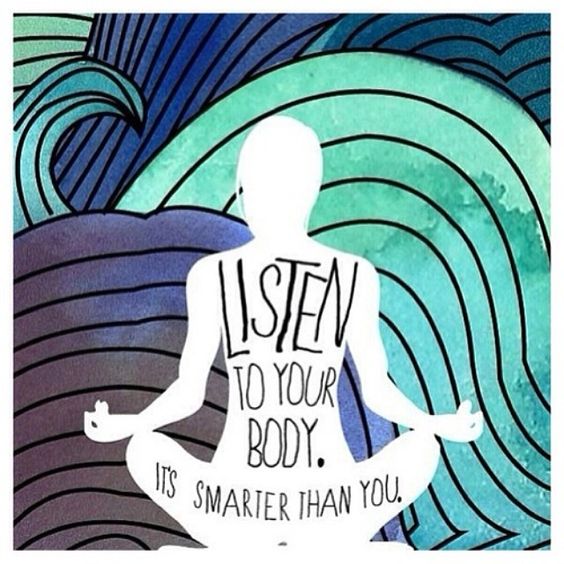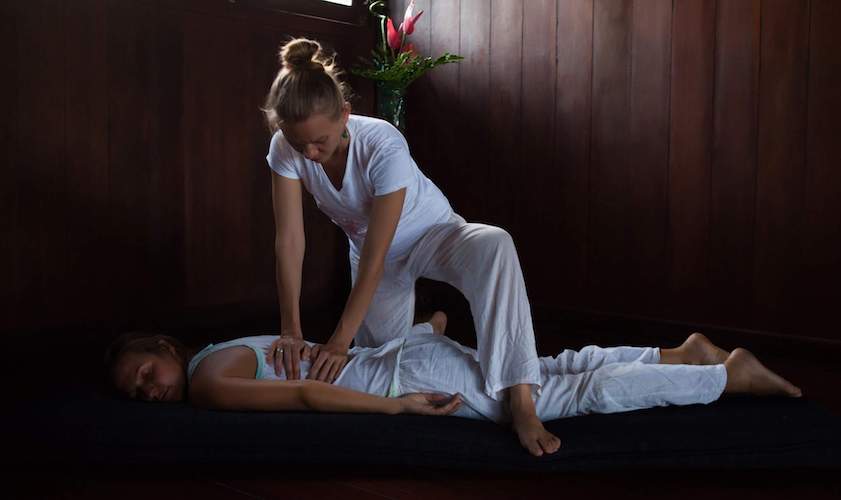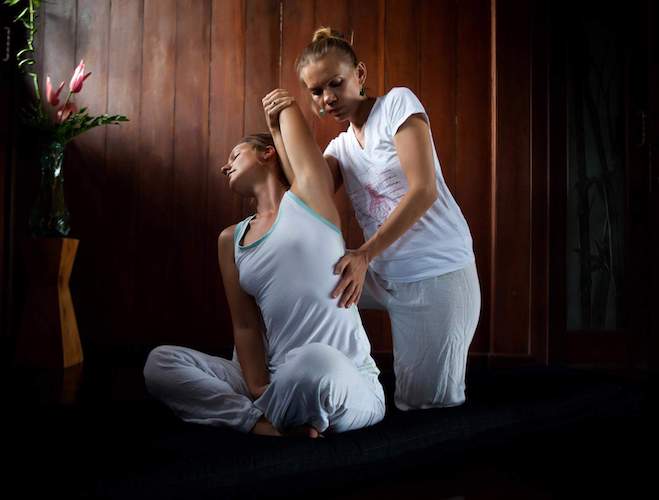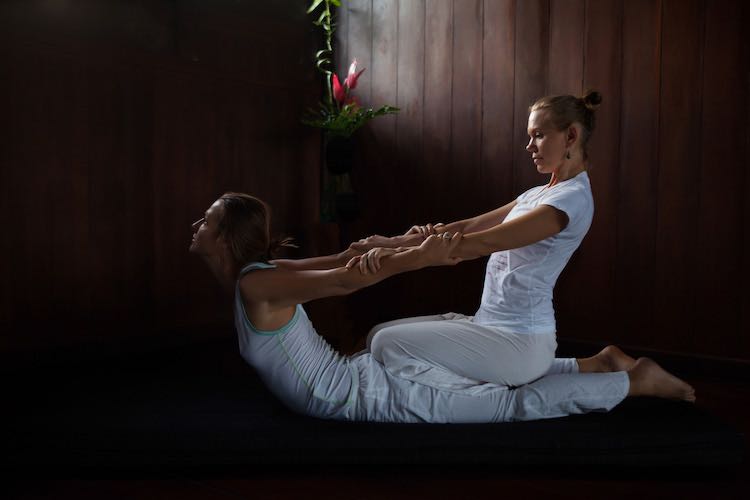
Zinaida Gurtseva
My name is Zinaida. Welcome to my website!
I invite you to experience self-conscious bodywork journeys.
I am certified therapist in:
Book a session via the following options:

My name is Zinaida. Welcome to my website!
I invite you to experience self-conscious bodywork journeys.
I am certified therapist in:
Book a session via the following options:

Somatic therapy is a form of body-centered therapy that looks at the connection of mind and body and uses both psychotherapy and physical therapies for holistic healing. In addition to talk therapy, somatic therapy practitioners use mind-body exercises and other physical techniques to help release the pent-up tension that is negatively affecting your physical and emotional wellbeing.
Somatic therapy can help people who suffer from stress, anxiety, depression, grief, addiction, problems with relationships, and sexual function, as well as issues related to trauma and abuse. Those for whom traditional remedies have not been helpful for chronic physical pain, digestive disorders and other medical issues may also benefit from somatic therapy. Somatic therapy techniques can be used in both individual and group therapy settings.
The theory behind somatic therapy is that the mind, body, spirit, and emotions are all related and connected to each other. As a result, the stress of past emotional and traumatic events affects the central nervous system and can cause changes in the body and even in body language, often resulting in altered facial expressions and posture as well as physical pain. Through developing awareness of the mind-body connection and using specific interventions, somatic therapy helps you to release the tension, anger, frustration and other emotions that remain in your body from these past negative experiences. The goal is to help free you from the stress and pain that is preventing you from fully engaging in your life.
Somatic therapy combines talk therapy with what are sometimes considered alternative forms of physical therapy. The therapist helps you revive memories of traumatic experiences and pays attention to any physical responses you have once the memory is recovered. Physical techniques, such as deep breathing, relaxation exercises, and meditation are then used to help relieve symptoms. Some of the adjunctive physical techniques that may be used with somatic therapy include dance, exercise, yoga, or other types of movement, vocal work, and massage.
Somatic session is performed on client’s request and intention to change or clarify physical, emotional or mental aspect of the life.
Somatic session is 1.5 - 2 hours and consists of two parts - bodywork and consulting.



Osteothai represents a synthesis of osteopathic principles and traditional Thai massage, merging Eastern and Western therapeutic approaches. This modality integrates the biomechanical precision of osteopathic techniques with the dynamic and holistic framework of Thai massage, facilitating a comprehensive approach to musculoskeletal and fascial release.
Osteothai is performed on a mat with the receiver wearing comfortable, loose-fitting clothing. The practitioner utilizes a variety of contact points—including hands, forearms, knees, and feet—to deliver precise manipulations that address myofascial restrictions, joint mobility, and energetic flow.
The yoga component of Thai massage can also capture the well-established benefits of yoga without actually doing yoga. As the therapist gently moves clients into yoga like poses, tight joints are opened, energy flows freely, and breathing is enhanced.
A meditative state becomes part of the process, as both client and therapist focus on breath and intention.
Through the assisted stretches, client’s muscles become less prone to injury, their joints have a greater range of motion, and their whole body enjoys greater flexibility.

Chi Nei Tsang literally means "working the energy of the internal organs" or "internal organs chi transformation".
Chi Nei Tsang therapists work mainly on the abdomen with deep, soft and gentle touches, to train internal organs to work more efficiently.
Chi Nei Tsang manipulations help to relieve the body of excess stagnation, improving elimination and stimulating the lymphatic and the circulatory systems. Chi Nei Tsang also strengthens the immune system and resistance to diseases.
It addresses the visceral structures and positioning of internal organs, Chi Nei Tsang stimulates them to work better and also helps correct the postural problems resulting from visceral imbalances. Chi Nei Tsang has been helpful with chronic pains such as back, neck and shoulder pains.
All of unprocessed emotional life is stored in digestive system waiting to be addressed. Poor emotional digestion is also one of the main reasons for ill health. Chi Nei Tsang facilitates the unfolding of emotions and the clarification of emotional life. Chi Nei Tsang has also been successfully used in combination with psychotherapy.
We are all responsible for our own health. Healing comes from within.
I provide guidance in personalizing your diet and other health-related lifestyle matters.

Craniosacral Therapy (CST) is a light touch therapy which has a long history of development through the life and work of A.T. Still, W.G. Sutherland and John Element. Upledeger. A gentle hands-on method of evaluating and enhancing the function of the craniosacral system, this physiological system helps protect and assist the delicate tissues of our nervous system; such as the brain, spinal cord and fine nerve fibers. It is comprised of the bones of the head, spine, face and mouth as well as the fascia and more delicate membranes and fluids contained within.
Relaxation has long been valued for its healing and restorative effects on the body and encouraging deep states of relaxation in the body is easily facilitated by Craniosacral therapy. The main centers of the nervous system lie in the cranial and sacral regions and the gentle manipulations of CST modulate the balance between the sympathetic and parasympathetic systems, optimizing the function of both. Craniosacral therapy requires no equipment, only the gentle hands and clear intention of the therapist.